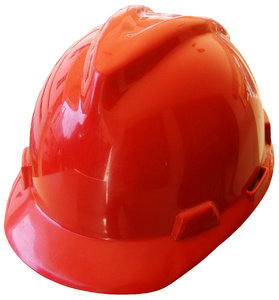After a fatal work accident in Lancaster, officials with the Occupational Safety and Health Administration (OSHA) are cracking down on a packaging manufacturer, alleging it failed to ensure its workers safety on the job.
After OSHA officials conducted an inspection at he packaging company’s facilities, Horn Packaging Corp. was cited for a dozen safety and health violations. The fatal work accident happened back in November when an operator of a corrugated box-making machine became entangled in an unguarded drive shaft. These kinds of shafts and other dangerous machinery are required to be safeguarded to help to prevent accidents just like this one. Safeguards are a simple and safe move to help to keep workers safe on the job.

“This case starkly shows the grave consequences from unguarded moving machine parts,” said Mary Hoye, OSHA’s local area director.
Our Lancaster workers’ compensation attorneys understand the importance of safeguards. The proper use of these devices have the ability to prevent the tragic and needless loss of an employees’ life. Arms can be crushed, fingers can be severed, loss of eye sight and even death can happen when machinery isn’t safeguarded. Safeguards are essential when protecting employees. A good rule to remember is that all machinery that has any part that could cause injury should be safeguarded. All hazards and dangers need to be controlled in all work sites, especially at sites with large, heavy machinery.
Packaging Corp. was handed one willful citation for not properly guarding shafts at its Lancaster work site. Employees were not provided with the proper protection to keep workers and their extremities from dangerous moving parts. Safeguards are a federal regulation for all machinery that can cause any kind of injury to a worker. OSHA officials hand out willful violations when a hazard or a danger is observed by officials and they believe that the employer knew of should have known about it. In this case, the lack of safeguards blatantly violated federal safety regulations.
In addition to the willful violation, Packaging Corp was given 11 serious violations, including:
-For failing to prevent other machine guarding dangers.
-For failing to create and enforce a written chemical hazard communication program.
-For failing to provide the proper training to all workers.
-For failing to cover electrical junction boxes.
-For having a number of deficiencies in the company’s hazardous energy control program.
A company is given a serious violation when officials observe a danger or a workplace hazard in which they feel that a serious injury or even death could result and that the employer already knew or should have known about it. Employers are required to point out dangers on the work site and to make the proper corrections to fix them.
According to OSHA, “Employers are responsible for providing a safe and healthful workplace for their employees. OSHA’s role is to assure the safety and health of America’s employees.”
With all of these citations, the company is facing more than $130,000 in proposed fines.
Continue reading
 Massachusetts Workers Compensation Lawyers Blog
Massachusetts Workers Compensation Lawyers Blog










